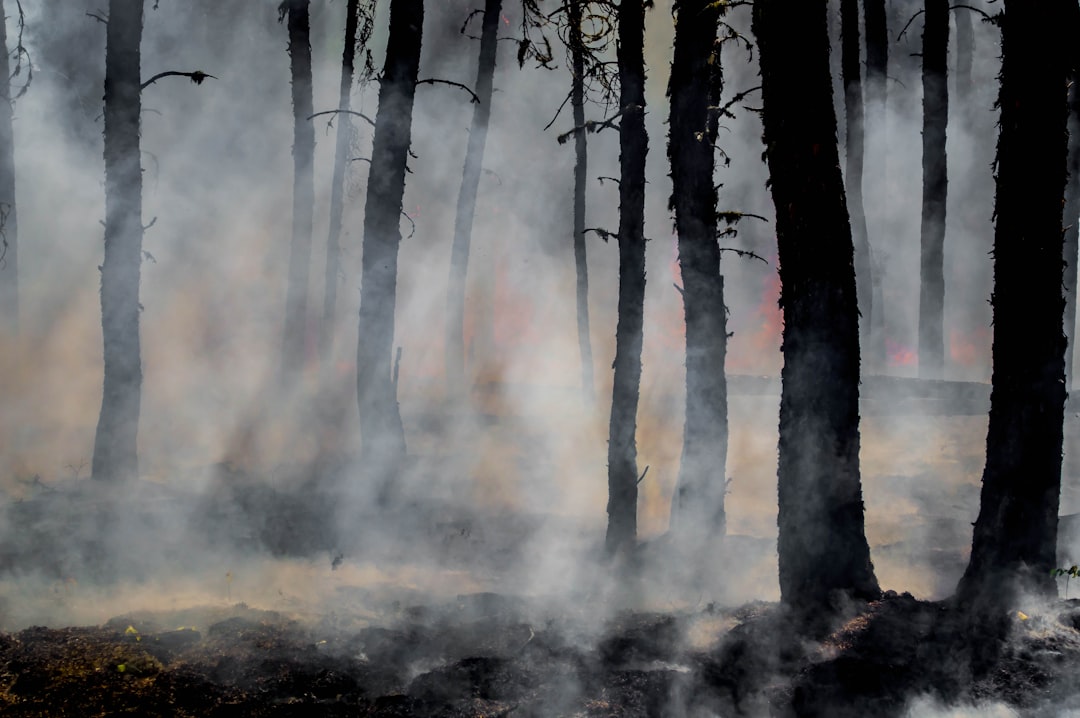What is it about?
Over the past few decades, there has been a significant increase in the use of paper-based microfluidic devices in various fields, including environmental monitoring, food safety analysis, and medical diagnostics. As a result, flow through paper-based substrates has gained much attention in the research community. Liquid flows through a paper substrate due to the inherent capillary suction pressure. In order to predict the flow through a paper substrate, we used macro- and microscopic methodologies to construct an analytical and numerical model. We have considered the effect of different factors, e.g., roughness, swelling, dynamic contact angle, and evaporation simultaneously to predict liquid wicking. A modified capillary radius technique is used to incorporate the effects of roughness and swelling into the numerical model, while a sink factor in Darcy's equation is used to model the evaporation. Experiments are performed to validate the developed models, and it is found that both models are in good agreement with the experiments, with a maximum error of 5%. The proposed analytical and numerical models can be used to forecast the capillary rise in a paper-based substrate, which has implications for paper-based microfluidic devices.
Featured Image

Photo by Aaron Burden on Unsplash
Why is it important?
The liquid wicking through a paper substrate is quite complex because of the dependency of different factors on the liquid flow, e.g., nature of the fiber, the contact angle of the fiber, heat, and mass transfer of the liquid with the surrounding, and many more. Although many models are available in the literature to predict the liquid flow through a paper substrate, they cannot accurately predict the flow because they do not consider multiple effects together; instead, they consider one or two effects in their model. Here, we developed robust analytical and numerical models by incorporating multiple effects into the model. In both the developed models, we have adopted a combined macro- and microscopic approach to consider the effects of fiber swelling and roughness, dynamic contact angle, and the evaporation of liquid. An experimental analysis is also performed to validate the developed models, and it is found that both models are in good agreement with the experiment.
Perspectives
The proposed analytical and numerical models can be used to forecast the capillary rise in a paper-based substrate, which has implications for paper-based microfluidic devices.
Imdad Uddin Chowdhury
Technische Universitat Darmstadt
Read the Original
This page is a summary of: Dynamics of liquid flow through fabric porous media: Experimental, analytical, and numerical investigation, Physics of Fluids, October 2023, American Institute of Physics,
DOI: 10.1063/5.0166135.
You can read the full text:
Contributors
The following have contributed to this page










